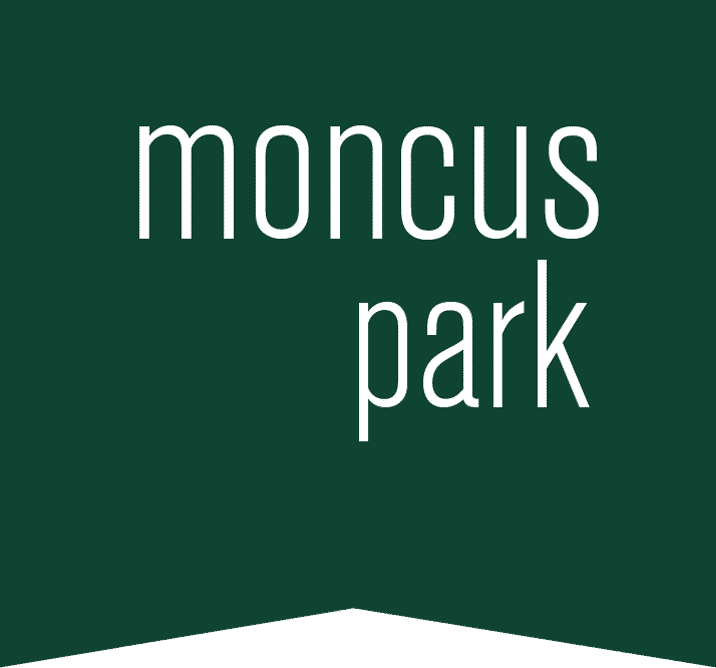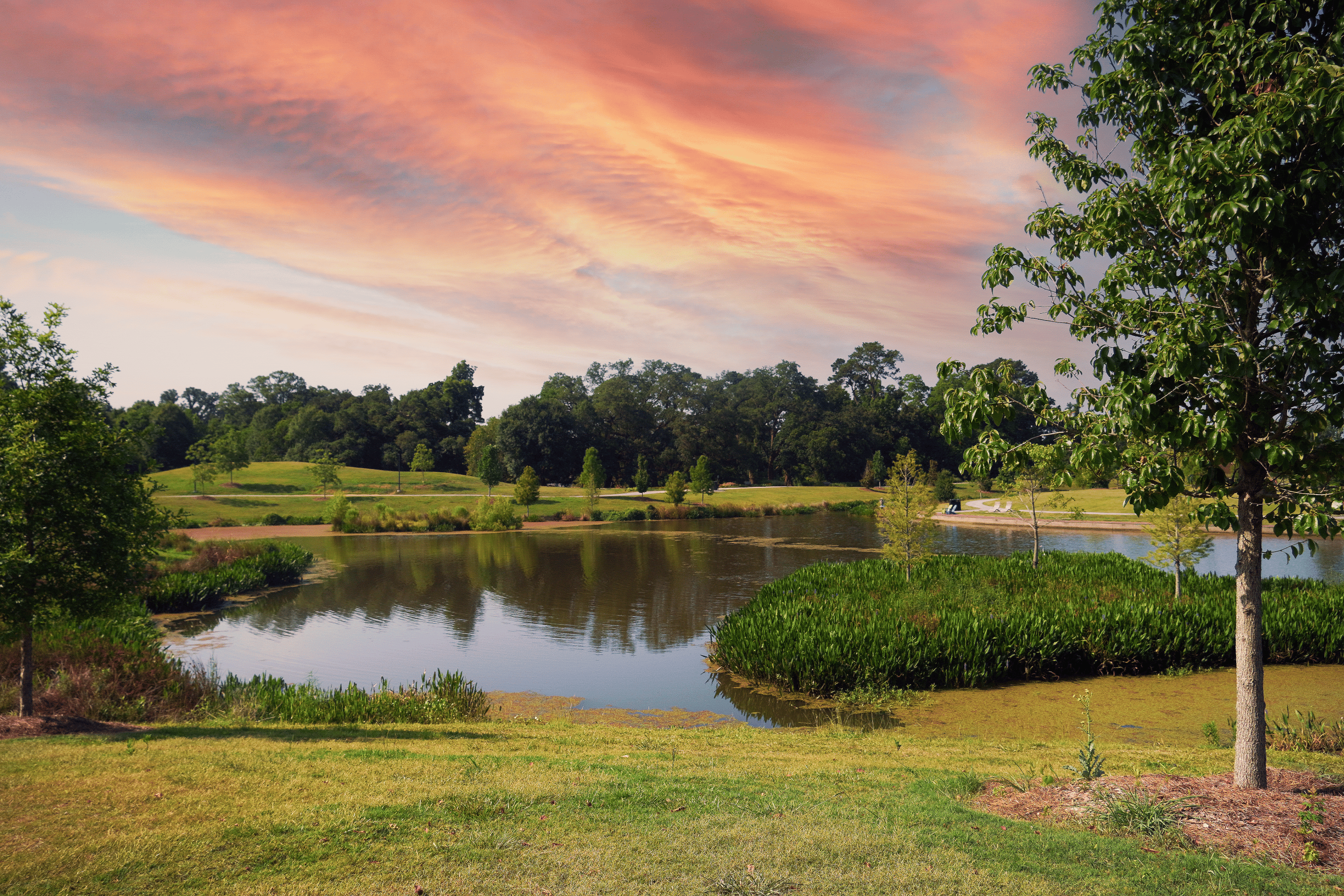The Moncus Park board members and leadership team are embracing a park conservancy model to provide continual funding for the operation and maintenance of the 100-acre property and assorted amenities on Johnston Street.
Such conservancy models are used widely across the country at sites including Piedmont Park in Atlanta, Forest Park in St. Louis and Hermann Park Conservancy in Houston. Under a conservancy, a nonprofit organization is tasked with raising money for park capital projects, repairs, and improvements. Many, like Moncus Park, also provide funding for park management and programming.
The first and largest donation to the park came from the late philanthropist James Devin “Jim” Moncus. Moncus, as well as other investors, understood the impact the park would have on future generations of Lafayette. To get there, a significant amount of infrastructure and terraforming would be essential. Before those initial investments, the property was a flat open prairie. Their donations allowed the park to dig a four-acre lake, create the highest elevation point in Lafayette, build walking paths, construct a new vehicular bridge, and install drainage, electricity, irrigation, and sewerage. These improvements increase the park’s accessibility, allow for more diverse land usage, and create a hub for community connection.
“We’ve adopted the mindset that we have to be very good stewards of the money we get from the community,” said JP MacFadyen, executive director of Moncus Park. “The good news is we have this park conservancy model that cities have been implementing since the 1980s. There is no one size fits all way to do it, but it starts with a nonprofit entity running a park. That’s where we are.”
Moncus Park has received some funding for capital projects that are outlined in the park’s Master Plan. For example, construction will begin later this year on the Farmers Market Pavilion made possible by a contribution from the Schumacher Family Foundation, a $500,000 investment from the Lafayette Economic Development Authority and money from the state’s Capital Outlay Program. Other state funds were used to build a new restroom facility, the most requested amenity from the community planning process. In addition, Moncus Park has received grants through the Louisiana Recreational Trails Program that provided funds for new bike and pedestrian trails, connecting neighborhoods to the park.
In terms of ongoing costs, MacFadyen said Moncus Park needs over $1.5 million a year to operate. That number is expected to rise as the Master Plan is fulfilled.
“Currently, the Park is on course to meet this year’s operational goal thanks to many generous donors, members, park supporters and expected event and parking revenue,” MacFadyen said. “While Moncus Park does not want to ever accept the notion of not meeting its funding goals and will work tirelessly to ensure it doesn’t happen, were it to happen, the Park would have to scale back, first by decreasing maintenance, programming, and staff. This would negatively impact the value the park brings to the community through the reduction of groundskeeping, maintenance, and the capacity for the park to produce free community programs. This is why we will continue to rely on the community’s support.”
“With the first 30 minutes being free, you can come to the park and walk a lap. You can drop off a kid at a party, or just explore for a half hour if you’ve never been to the park and are curious,” MacFadyen said. “We wanted to do it in a way that’s flexible and affordable for our guests. Every little bit, even a few dollars, makes a difference when you’re caring for a property of this size. We’re looking at it as one revenue stream among many to ensure the future of this park.”
Other revenue sources include rental fees to host events like weddings, birthday parties, and corporate gatherings. Recently, the park has hosted larger community events such as St. Thomas More Catholic High School’s Hope Fest. Moncus Park has also hosted some of its own events, like Food Truck Fridays Night Out and last year’s 12-night Christmas in the Park. MacFadyen said officials expect such events to continue on a regular basis, generating more revenue over time.
“The direction from the board, especially right now, is to try lots of things, learn and see what works,” MacFadyen said. “Just because a concept works in New York, New Orleans or Houston doesn’t mean it’s going to work here. There’s going to be lots of trial and error. My guess is that in about three years, we will be in our groove and feel good about our events and their frequency, as well as our amenities.”
Meanwhile, Moncus Park is also working to raise awareness about its yearly memberships, which range from $60 to $2,500. Depending on a person’s membership level, they can receive perks such as access to members-only events, discounts on parking, merchandise, event tickets, and more.
Overall, their hope is that more memberships and donations, along with new revenue streams, will help Moncus Park on its trajectory to becoming a world-class greenspace that benefits local businesses and residents throughout the region.
“When you travel to other cities and notice their thriving, active and gorgeous greenspaces, know that we envision the same for Acadiana,” MacFadyen said. “A decade ago, our community came together to ‘Save The Horse Farm.’ Today, that greenspace now thrives and will be the center of our community for generations to come.”

